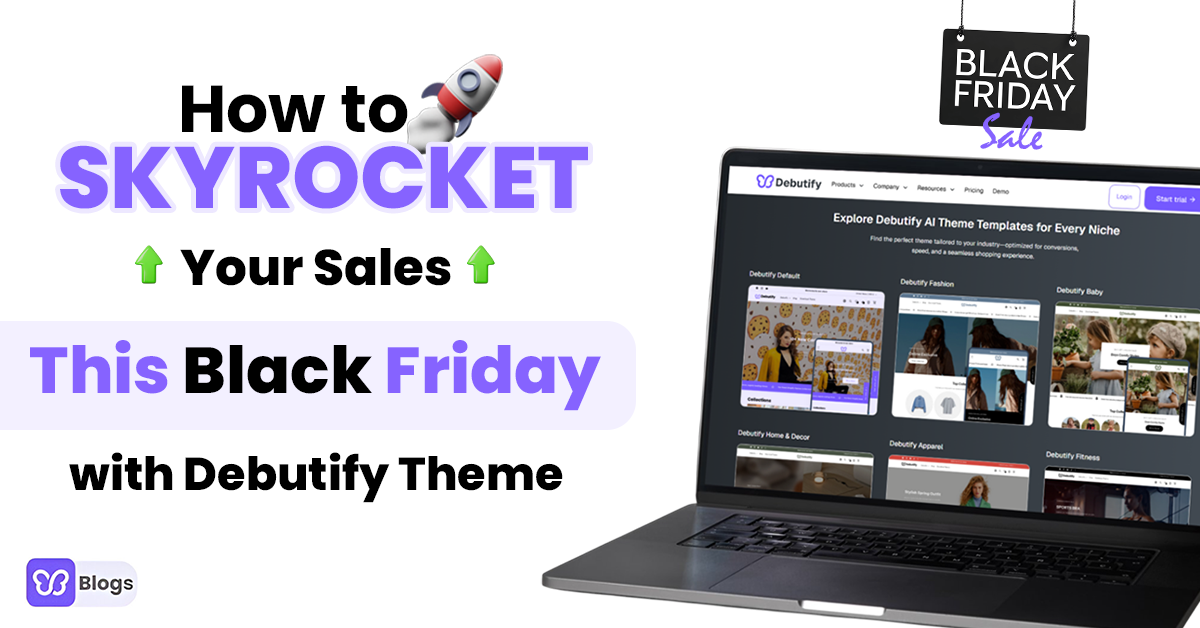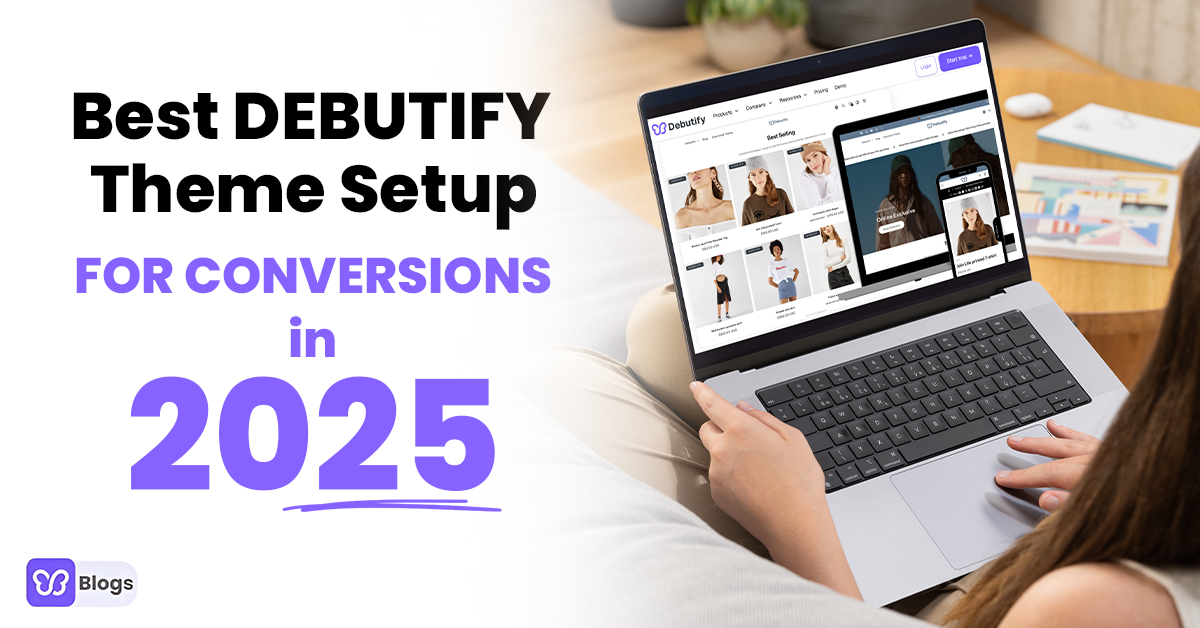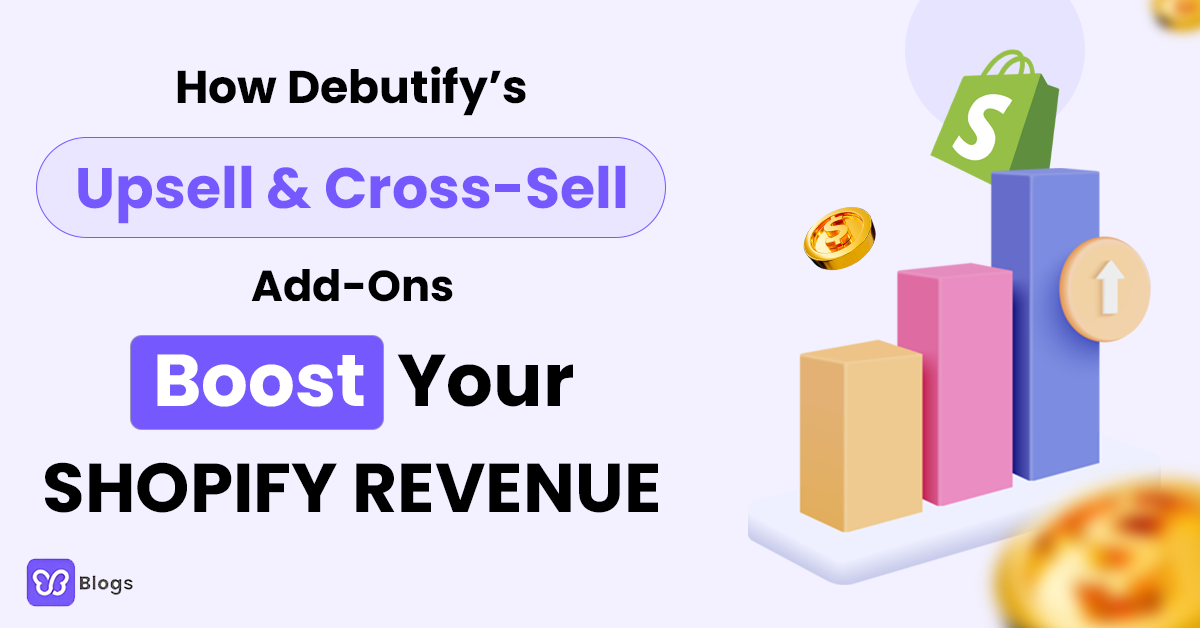UGC is a powerful marketing strategy that will continue to be relevant in the future. Brands that embrace UGC and incorporate it into their marketing mix will be able to connect with their audiences in a more meaningful way, increase engagement, and ultimately drive sales.
UGC is becoming increasingly popular and reliable. Here are the various roles of UGC:
1. Rise in UGC videos
The rise of UGC videos can be attributed to various reasons, including the increasing demand for authentic content, and the popularity of video content on top social media platforms - Instagram & TikTok.
Video UGC has become an important component of many brands' marketing strategies because it offers a number of benefits. It can instantly and effectively boost brand engagement, visibility on social media, and brand awareness.
For example, a fitness brand might create a video showcasing its members’ fitness and body transformation journey, featuring video testimonials and more visual content. The brand can reach a large audience and generate interest by sharing this video on social media channels.
Overall, video UGC is an important component of many brands' marketing strategies because it offers a highly engaging, memorable, shareable, and cost-effective way to connect with audiences. As the popularity of video content continues to rise, brands that incorporate video UGC into their marketing mix will be well-positioned to succeed in the digital age.
2. Role of UGC in visual decision-making
When it comes to decision-making, visual content can be particularly influential. This is where user-generated content (UGC) can play a critical role.
UGC is an effective way to provide social proof for products or services. When potential customers see real people using or endorsing a product, they are more likely to trust the product and feel confident in their purchasing decision.
This can be especially beneficial for retail stores where store owners can instill compelling social wall showcasing visual UGC to keep customers interested in the products.
For example, if a customer is considering purchasing a particular dress, they can view the social wall and see photos of other customers wearing the clothing in various ways. This can help the customer make a more informed purchase decision and feel more confident in their choice.
This is because UGC offers a more authentic and trustworthy representation of the product, as it is created by real users rather than by the brand itself.
It is fair to say, brands that recognize the role of UGC in decision-making are providing a more authentic and trustworthy representation of their products and services.
3. Role of UGC in personalized shopping experiences
Brands can leverage UGC in a number of ways to provide personalized shopping experiences.
For example, an online home decor retailer can use UGC to create a personalized shopping experience for each customer. The retailer could use data from the customer's past purchases and social media activity to curate the UGC feed. This could include photos of other customers' homes that are similar in style to the customer's, featuring the retailer's home decor items.
UGC can also be used to provide personalized shopping experiences through social listening. Brands can monitor social media channels for mentions of their products or services and use this information to tailor their marketing messages to specific customers or segments.
This can help to create a more personalized experience that is relevant to each individual customer.
4. More Effective Than Influencer Marketing
Brands often find themselves torn between choosing UGC from customers or choosing influencer content.
UGC is often more effective than influencer marketing because it is more authentic, cost-effective, scalable, and sustainable.

By incorporating UGC into the marketing strategy, brands can build customer trust and loyalty, increase engagement, and ultimately drive sales.
UGC can be more scalable than influencer marketing. Brands can collect UGC from many users, which can help increase the reach and impact of their marketing efforts. Influencer marketing, on the other hand, is often limited by the number of influencers the brand can work with.
5. Sparking relationships through UGC
User-generated content (UGC) can help to spark relationships between brands and customers by creating a sense of community and connection.
When customers share their experiences with a brand or product through UGC, they are creating a form of social proof that can be powerful in building trust and credibility.
UGC can also help to humanize brands by giving customers a glimpse into the people behind the products or services. This can create a more personal connection between customers and the brand, leading to increased engagement and loyalty over time.
6. Increased numbers of informed consumers
UGC can lead to increased numbers of informed consumers by providing them with access to authentic and unbiased information about products and services.
This could be through visual UGC like photos and videos or with the help of product page reviews or websites.
This can help them to make more informed decisions about whether a particular product or service is right for them.
In addition, UGC can help create a more transparent marketplace where consumers can access a wide range of information about different products and services.
7. Works in tandem with social commerce
User-generated content (UGC) can work in tandem with social commerce to create a powerful marketing strategy.

Social commerce is the practice of selling products directly through social media content, and it has become increasingly popular in recent years. By leveraging UGC in their social commerce efforts, brands can create a more engaging and authentic shopping experience for customers.
This can be particularly effective for products that are more visually driven, such as fashion or beauty items, as customers can see how the products look on real people in real-world settings.




